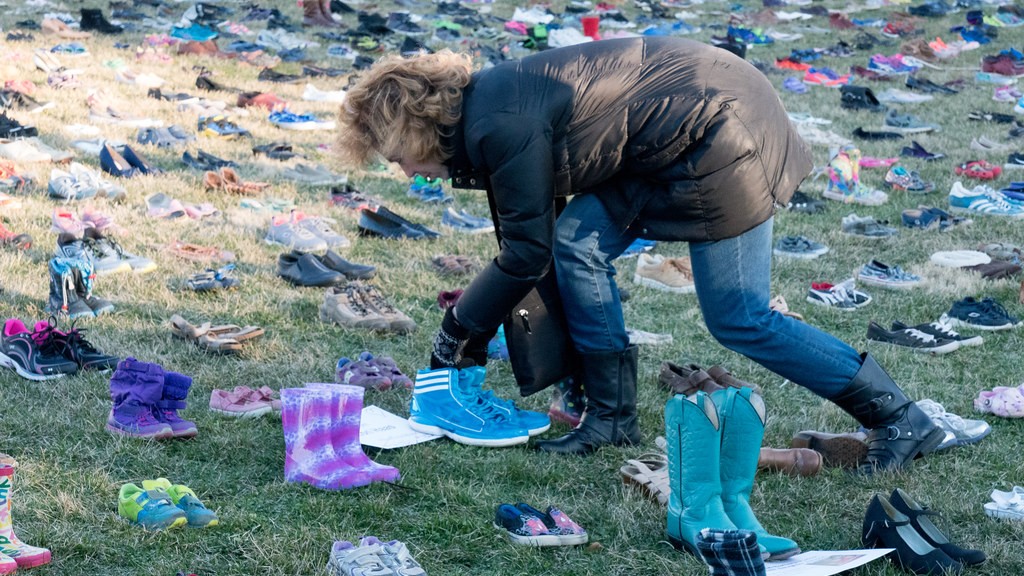Feds Report More School Shootings This Year Than Ever Before
Federal data shows that there were more reported school shootings this past school year than ever before, leading to growing concerns.

This past school year was heavily marred by the end of the year tragic massacre at an elementary school in Uvalde, Texas. Resurrecting painful images from a similar shoot shooting that occurred just a decade ago at the Sandy Hook Elementary in Connecticut, much of the nation’s focus right now is on school shootings, and how to prevent them from happening. Because of this focal point, a new report from the feds depicts the dire situation, as data shows that this school year saw more school shootings than ever before.
The report was published on Tuesday, June 28th by the National Center for Education Statistics (NCES) in conjunction with the federal Education Department. Unfortunately, this year’s statistics were quite grave, as data showed that there were more instances of reported school shootings for the 2020-2021 school year than the report had ever documented. NCES started collecting this information about two decades ago.
Overall, there were reported to be 93 school shootings with casualties within both public and private schools. 43 of those reported incidents ended with at least one death. Compared to a decade ago, there were a whopping 82 more school shootings.
For purposes of identifying what constitutes a school shooting for this report, they define this occurrence as any instance in which a gun is brandished or fired on school property. It is important to note that some critics feel that because of the way the feds define a school shooting incident, the data can be misleading. Furthermore, while school shootings seem to be growing into a more common occurrence in America, millions of American children go to school each and every day, the majority of which statistically will never see an active shooter.
Still, just because the chances that your child might be involved in a school shooting is very low does not necessarily mean that the growing concern over this finding is unjustified. If anything, this type of data serves as a valuable resource for lawmakers, school leaders, and Americans in general to aim for safer school environments. In fact, lawmakers have been working fervently in Washington to pass new laws aimed at hardening schools and making it harder for these perpetrators to get their hands on guns in the first place.
Other than reporting on school shootings, the NCES data also highlighted a growing school trend in cyberbullying, which experts fear may be a leading factor in the uptick in violence inside school campuses. Vastly increasing, while only about 8% of students reported being victims of this online harassment a decade ago, that amount doubled, with 16% now reporting being victims of cyber bullies.

Having this new data may not bring back the 83 lives tragically taken from school shootings this past year, but it serves as an important reminder that the rate at which these horrific incidents are happening is perpetually increasing. Not everyone agrees on the severity of the problem, nor the solution to it. But more than likely, everyone can agree that no child should have to go through the frightful experience of having an active shooter roaming the halls of a school. Efforts must be taken to rectify this unique, American problem.



